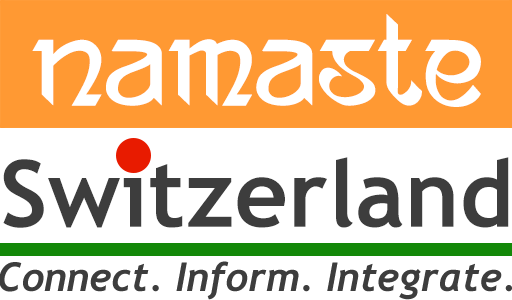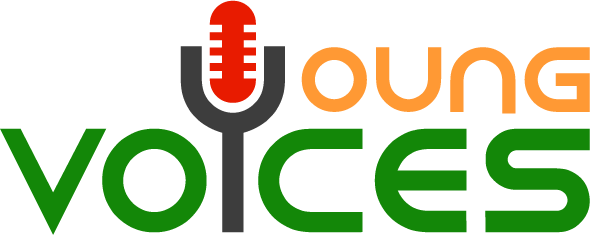Once in Switzerland with young children, you have a range to choose from. This includes Swiss local schools, private schools, bilingual schools, or international schools. Each of them is geared towards all-round development, aimed at equipping every child with a foothold that leads towards a skill or further education for the future.
But it doesn’t start all at once! It is a well-thought-out stepwise process, which begins with a strong focus on social integration and language proficiency or adequacy.
While education in the local schools is free, there is a charge or tuition fee that is required to be paid for all other schools. So if you’re here for long-term and intend on complete immersion and integration, local schools provide a good basis. Rest assured, the standards are high and education levels build slowly at first, and then almost exponentially.
Local schools
The State Secretariat for Education, Research and Innovation (SERI) oversees educational framework at a federal level. However, local education in Switzerland is decentralized – implying that each canton has its own set of rules and responsibilities regarding what is taught, how and when, under a framework of compulsory education.
Since over 65% of Switzerland is German-speaking, we take you through the education system in this region. The education lines are similar, but, as mentioned earlier, each canton has its own ways of functioning. So, please ensure that you contact your local town centers or municipalities to find out the finer nuances of education on offer.
Admission
Once you are enrolled in your area of residence, when your child is 4- or- 5 years old, your municipality or commune will send you a letter inviting your child to attend kindergarten. Expect another letter when the child is ready for grade 1, and another when he or she is invited into the secondary school.
Compulsory education
In Switzerland, 9-11 years (depending on whether your canton includes Kindergarten years or not) of basic education or ‘grundschule’ is compulsory for all children.
In the canton of Zurich for example, this compulsory education includes two years of Kindergarten (age 4- or 5-years onwards), the ‘Primarstufe’ (German), ‘école primaire’ (French), ‘elementare’ (Italian) and ‘scola primara’ (Romansh), or primary school in English, which includes grades 1-6.
This is followed by the ‘Sekundarstufe I’ (German), ‘secondaire I’ (French), ‘scuola secondaria’ (Italian) and ‘scola secundar’ (Romansh) or Secondary level 1 that includes grades 7-9.

Long and short gymnasium
Shortly before your child completes class 6 (‘Sekundarstufe 1’), he/she can opt to appear for the competitive Gymnasium examination. Only about 20% of the population takes this route. The ‘Lang Gymnasium’ exam essentially tests the German language skills and logic by way of setting up a Mathematics paper. The intent is to see the steps towards a solution rather than just the solutions. These tests are created to assess the aptitude and drive of a child to enter high school.
A similar Gymnasium exam that includes German, French and Mathematics and an additional oral language test can be opted for in grade 8, and, sometimes, in grade 9 ‘(at the end of Sekundarstufe 1’). If the child clears this, he/she can do his ‘Kurz Gymnasium’ or the short gymnasium (which includes grade 9-12, i.e. ‘Sekundarstufe 2’).
At the end of this schooling, the child or young adolescent receives a ‘Matura’ and is eligible to go into a university, ETH or EPFL, Pedagogy High School for teaching professionals, the universities of applied sciences or Fach Hochschule, and other colleges providing higher education or advanced diplomas (tertiary education).
Continued secondary school education
For children who are oriented towards skills, or are already tuned into their interest of work, or those who do not have the aptitude to sit and study long hours at the age of 11-12 or 13-14 (the ages when the kids appear for the gymnasium entrance exams), there is the secondary school system, which comprises grade 7-9. The children are then sorted into Sek A, Sek B or Sek C – depending on their academic orientation and performances. The levels are interchangeable depending on the child’s performance and interest.
After grade 9, the child’s primary education is considered complete and he/she needs to then apply for an apprenticeship in a chosen field, hence entering ‘Sekundarstufe 2’.
While doing their ‘lehre’ or apprenticeships, many students get absorbed within the companies after they get their certified qualifications, many others opt for education (such as BMS or FMS) in parallel or after completion of their apprenticeship and then appear for ‘Passarelle’ to move towards tertiary education at the university, the ETH, Pedagogy High School for teaching professionals, the universities of applied sciences or Fach Hochschule, and other colleges for higher education or advanced diplomas.
While the Gymnasium (long or short) provides a direct route to the universities and the ETH, the Secondary school can open the same options to students who want to make the switch a few years later.
Contrary to what many believe, the option to study further is always open – it’s just the route that changes depending on whether you find your way through Gymnasium or via Secondary school.

Source: https://www.sbfi.admin.ch/
Facts: Many expats put their children through the gymnasium grind as they believe that is the only route to higher qualifications. That is not the case in this country:
* Most students in Switzerland opt for two to four years of vocational education and training programmes after Secondary 1 education or ‘Sekundarstufe 1’. This includes practical and technical training. Education takes place in vocational schools and apprenticeships covering over 230 different professions.
Vocational education training programmes can lead to a Federal certificates, Federal diplomas or Federal vocational baccalaureate (Berufsmaturität / maturité professionelle), which allows admission to universities of applied science.
* Close to one-third of Swiss students attend the baccalaureate school for further focused preparation to gain admission into universities. The enrolments are done in grade 9 and are usually based on grades and recommendations or an entrance exam.
On being awarded the baccalaureate certificate (Matura / Maturité), the student is free to join any university, institute of technologies and teacher training universities.
Students who continue and complete their apprenticeships and successfully complete an additional year in specialised baccalaureate course (available in just a few cantons) receive the specialised baccalaureate (Fachmaturität/maturité), once again, opening their doors universities of applied sciences teacher training universities.
* Between 5%-7% Swiss students join specialised schools to prepare for professional education and training in specific occupations – like healthcare, social work and education.
For more information
- State Secretariat for Education, Research and Innovation (SERI)
- List of cantonal education departments
- Swiss Federal Institute for Vocational Education and Training SFIVET
- Swiss Institute for Special Educational Needs
Disclaimer: Namaste Switzerland does not undertake any financial, reputational, legal, misrepresentational or other obligation or liability which may arise from the content of this article.












